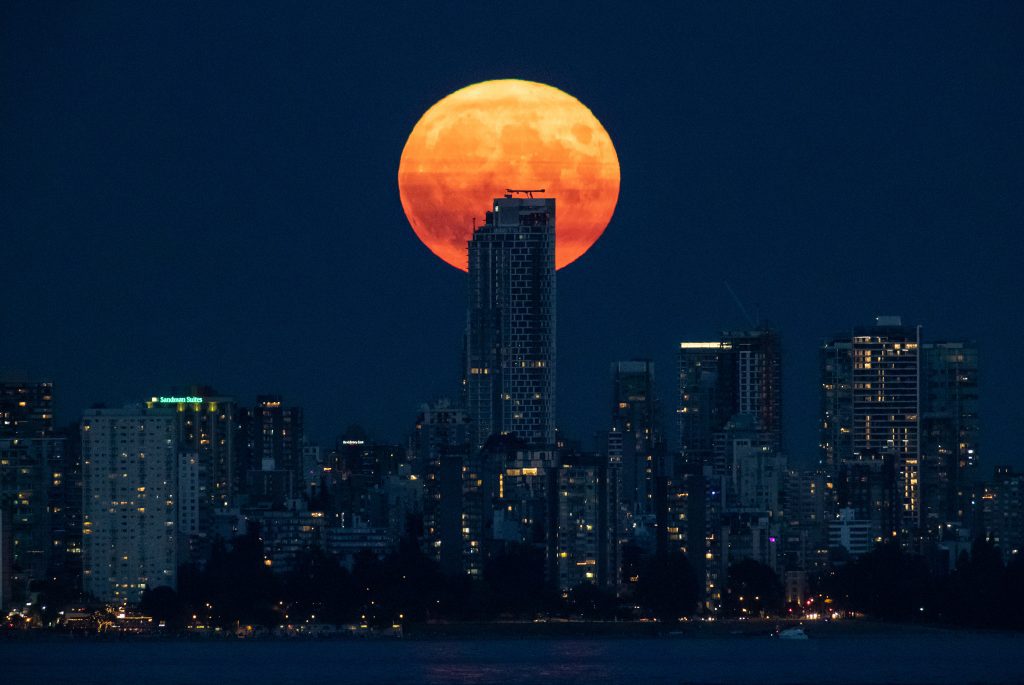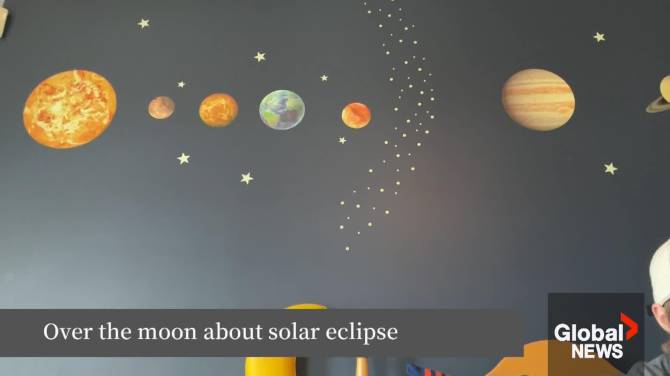NASA is looking for a unique way to monitor time in space. timemoon on its own specialized clock. moon on its own enhanced clock.
It's not exactly like time zones on Earth, but a whole new system for tracking time on the moon. Because the moon has less gravity, time moves slightly faster there – 58.7 microseconds every day – compared to Earth. So the White House President instructed NASA and other U.S agencies to collaborate with international agencies to develop a new time reference system based on the moon.
“An atomic clock on the moon will tick at a different rate than a clock on Earth,” said Kevin Coggins, NASA’s top communications and navigation official. “It makes sense that when you go to another body, like the moon or Mars that each one gets its own heartbeat.”
So everything on the moon will function according to the faster moon time, Coggins said.
When NASA last sent astronauts to the moon, they had watches, but precision timing wasn't as crucial as it is now with GPS, satellites, and complex computer and communication systems, he said. Those microseconds matter when advanced systems are in operation, he said.
Last year, the European Space Agency suggested that Earth should establish a consistent time for the moon, where a day lasts 29.5 Earth days.
The International Space Station, located in low Earth orbit, will still use coordinated universal time or UTC. However, NASA needs to determine where the new space time system will be implemented. Even Earth's time fluctuates, necessitating leap seconds.
Coggins stated that unlike on Earth, the moon will not observe daylight saving time.
The White House is requiring NASA to propose an initial concept by the end of this year and finalize a plan by the end of 2026.
NASA aims to send astronauts around the moon in September 2025 and land there a year later.
—The Associated Press Health and Science Department is supported by the Howard Hughes Medical Institute’s Science and Educational Media Group. The AP is solely responsible for all content.




